Google to run Firmina subsea cable between US and Argentina
The tech giant hopes this will help improve Google services for users in South America


Google will build an open subsea cable between the US and Argentina in a bid to improve Google services for users in South America.
The cable, named after Brazilian abolitionist and author Maria Firmina dos Reis, will run from the East Coast of the US to Las Toninas, Argentina, with additional landings in Praia Grande, Brazil, and Punta del Este, Uruguay, the company announced yesterday.
The tech giant claimed the cable will be the longest in the world capable of running entirely from a single power source at one end of the cable if the other power source becomes temporarily unavailable.
The company said the cable's 12 fibre pairs will carry traffic quickly and securely between North and South America, giving users fast, low-latency access to Google consumer and cloud services.
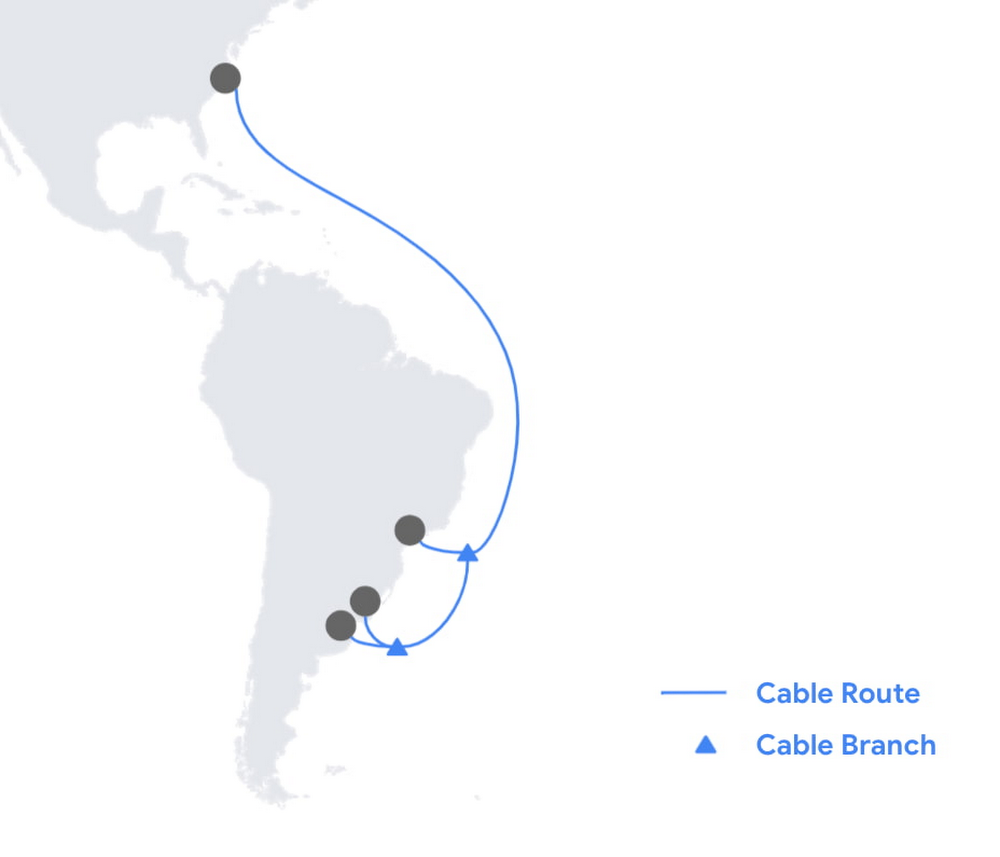
"This is great news for the region which shows a continuation of investments to guarantee access to digital services, which became essential during the COVID-19 pandemic," said Argentina's secretary of public innovation Micaela Malcolm in a tweet.
Data travels along these submarine cables as pulses of light inside the cable's optical fibres, which is then amplified every 100km with a high-voltage electrical current supplied at landing stations in each country. While shorter cable systems can benefit from the higher availability of power feeding from a single end, this is typically less effective in longer cables with large fibre-pair counts.
RELATED RESOURCE
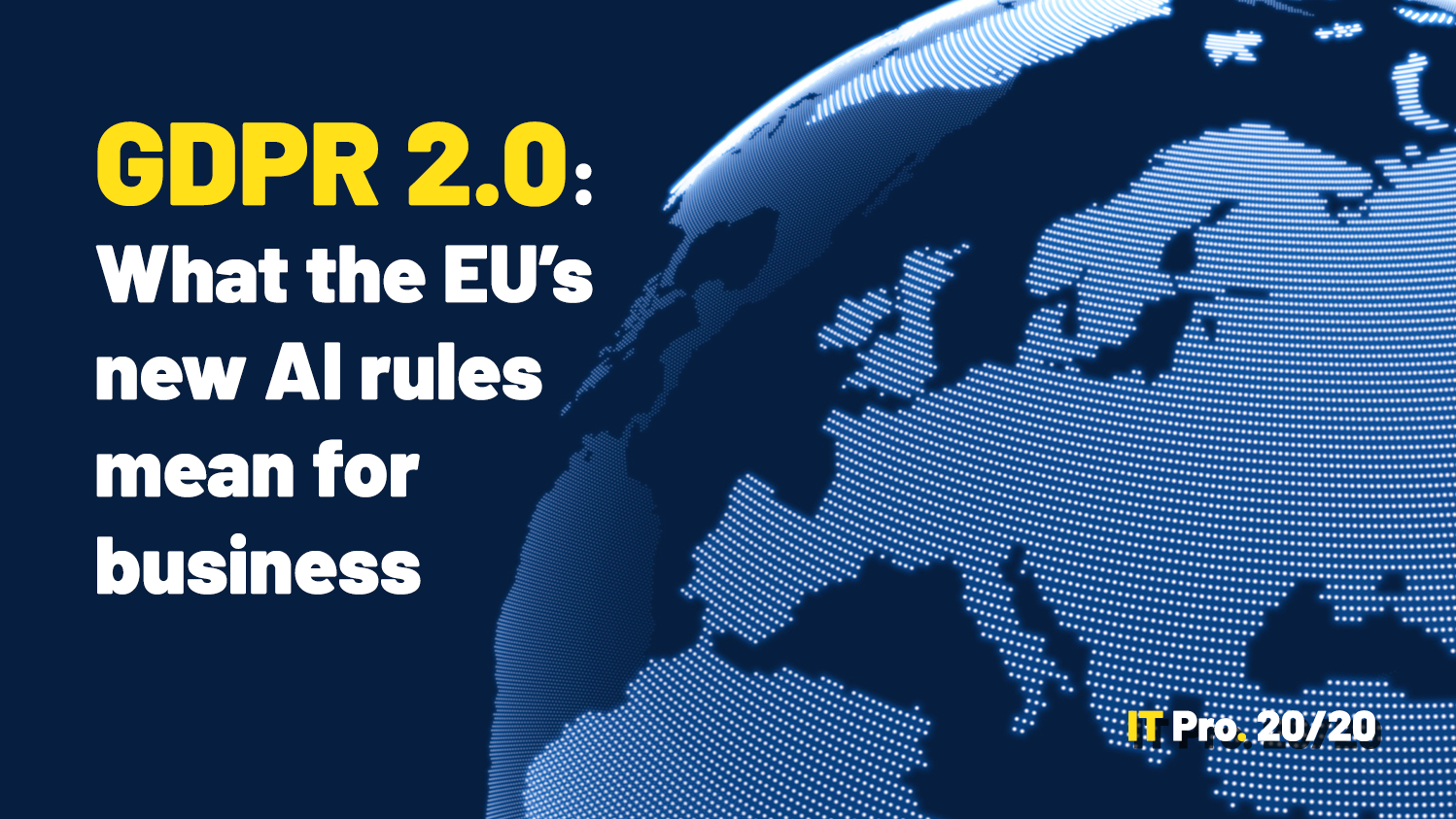
IT Pro 20/20: What the EU's new AI rules mean for business
The 17th issue of IT Pro 20/20 considers the effect of new regulations on the IT industry
However, Google's new cabling system will be the longest ever to feature single-end power feeding capability, achieved by increasing the supplied voltage by 20% thanks to its "highly-resilient design".
Sign up today and you will receive a free copy of our Future Focus 2025 report - the leading guidance on AI, cybersecurity and other IT challenges as per 700+ senior executives
The Firmina system is the company's 16th sub-sea cable investment, following the building of the Equiano and Grace Hopper networks.
Google's other cable to South America, dubbed 'Curie' after Marie Curie, runs from the US to Chile. The company tested the cable in November 2019 and began transmissions in 2020, carrying data at 73 Tbits/sec between the two regions. It made Google the first non-telecommunications company to create a private intercontinental network and was the first one installed in Chile for 20 years.
Zach Marzouk is a former ITPro, CloudPro, and ChannelPro staff writer, covering topics like security, privacy, worker rights, and startups, primarily in the Asia Pacific and the US regions. Zach joined ITPro in 2017 where he was introduced to the world of B2B technology as a junior staff writer, before he returned to Argentina in 2018, working in communications and as a copywriter. In 2021, he made his way back to ITPro as a staff writer during the pandemic, before joining the world of freelance in 2022.
-
 Everything you need to know about Google and Apple’s emergency zero-day patches
Everything you need to know about Google and Apple’s emergency zero-day patchesNews A serious zero-day bug was spotted in Chrome systems that impacts Apple users too, forcing both companies to issue emergency patches
-
 Ronald Richardson to lead Leaseweb’s global commercial strategy
Ronald Richardson to lead Leaseweb’s global commercial strategyNews The experienced executive has been named Leaseweb’s new CRO as the IaaS provider embarks on the next phase of its growth journey
-
 Global IT spending set to hit a 30-year high by end of 2025
Global IT spending set to hit a 30-year high by end of 2025News Spending on hardware, software and IT services is growing faster than it has since 1996
-
 AI tools are a game changer for enterprise productivity, but reliability issues are causing major headaches – ‘everyone’s using AI, but very few know how to keep it from falling over’
AI tools are a game changer for enterprise productivity, but reliability issues are causing major headaches – ‘everyone’s using AI, but very few know how to keep it from falling over’News Enterprises are flocking to AI tools, but very few lack the appropriate infrastructure to drive adoption at scale
-
 Pegasystems teams up with AWS to supercharge IT modernization
Pegasystems teams up with AWS to supercharge IT modernizationNews The duo aim to create deeper ties between the Blueprint, Bedrock, and Transform services
-
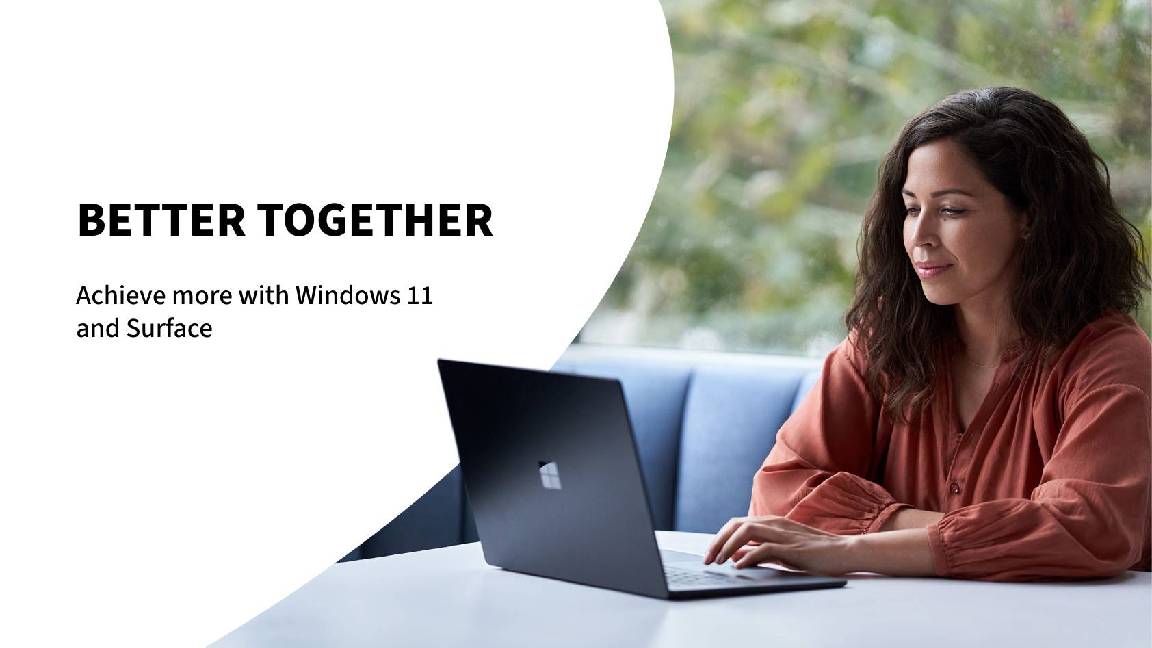 Better together
Better togetherWhitepaper Achieve more with Windows 11 and Surface
-
 Transforming the enterprise
Transforming the enterpriseWhitepaper With Intel and CDW
-
 The top trends in money remittance
The top trends in money remittanceWhitepaper Tackling the key issues shaping the money remittance industry
-
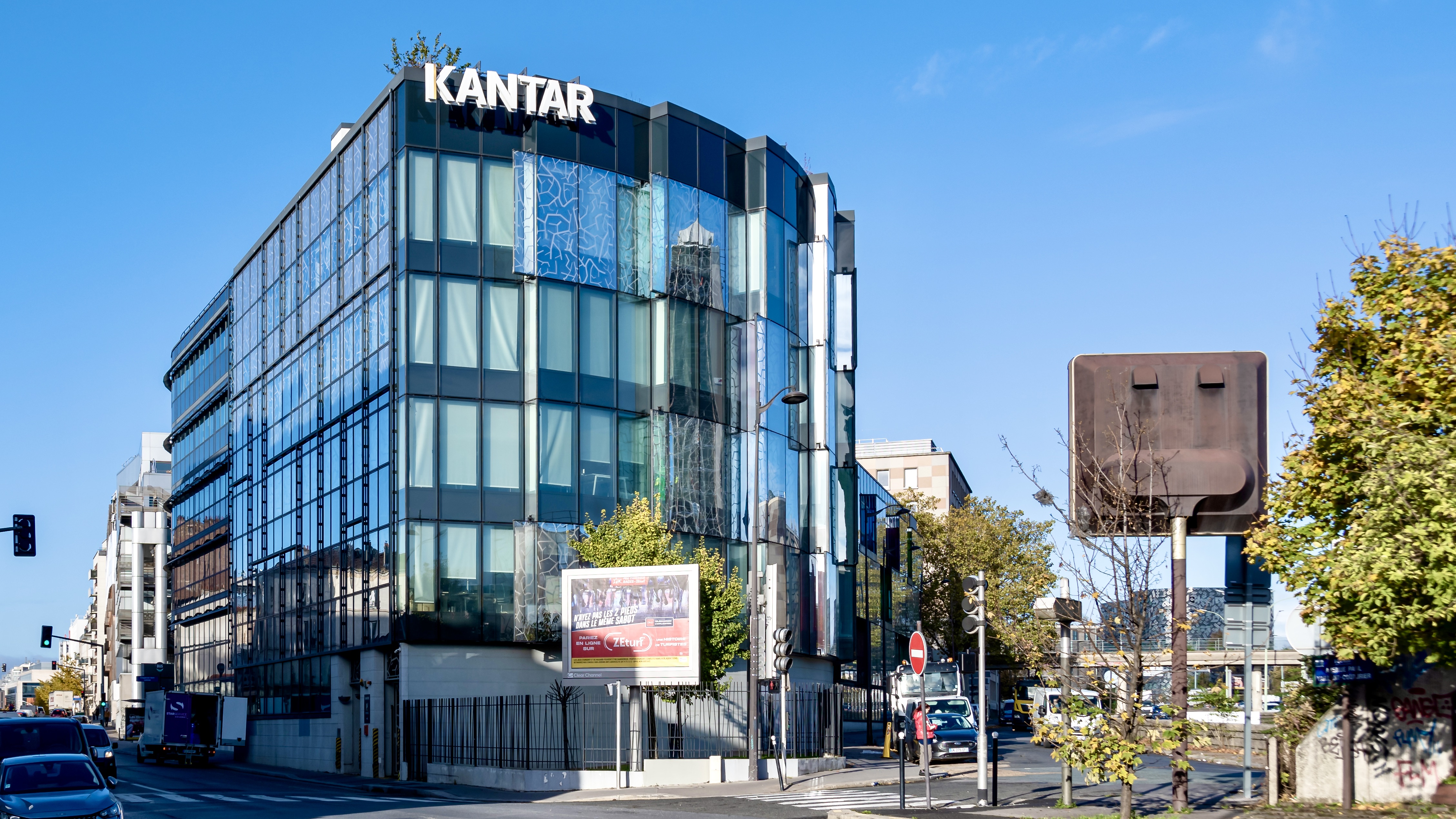 How Kantar revamped its IT infrastructure after being sold off
How Kantar revamped its IT infrastructure after being sold offCase Study Being acquired by a private equity firm meant Kantar couldn’t rely on its parent company’s infrastructure, and was forced to confront its technical shortcomings
-
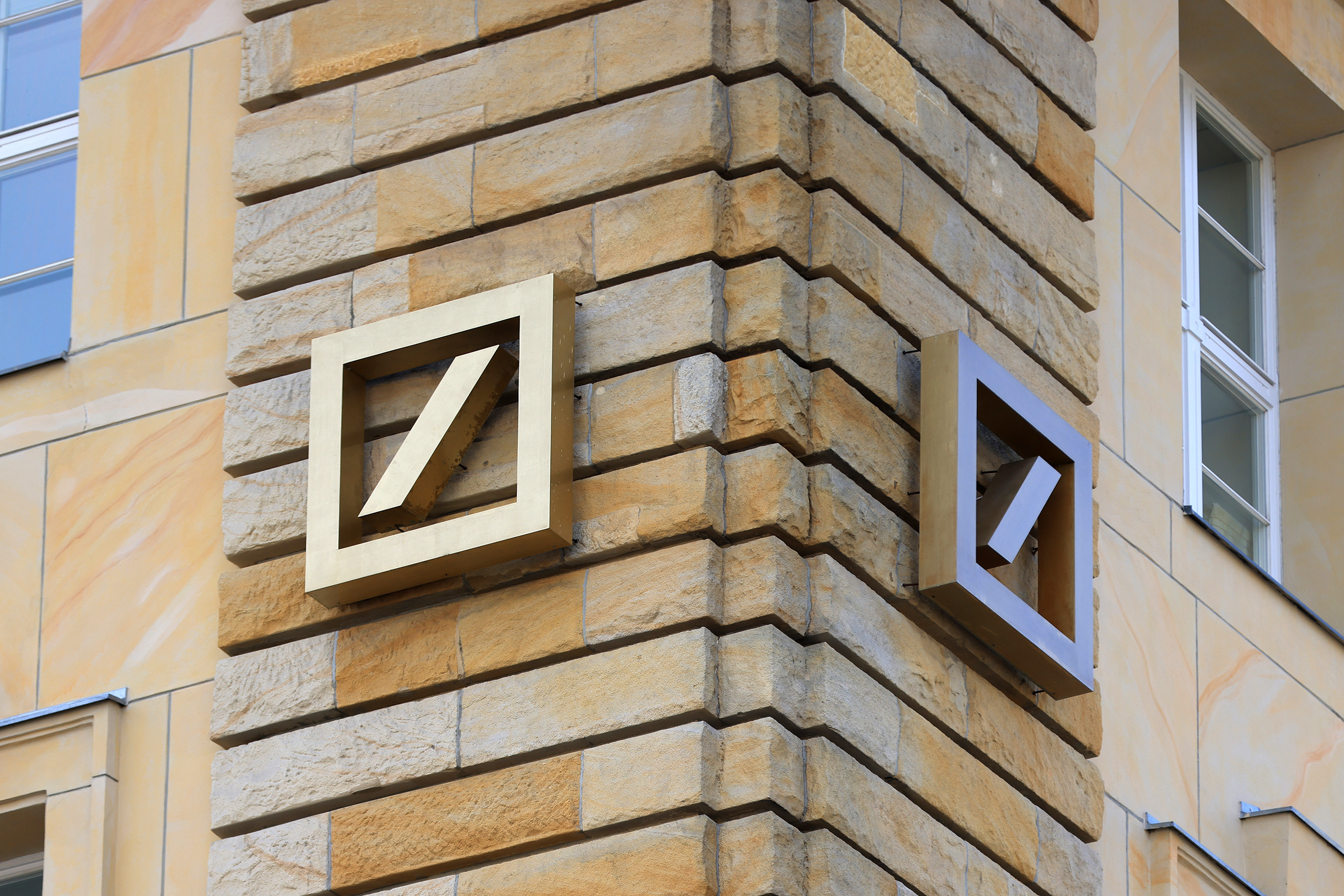 Deutsche Bank wraps up Postbank IT integration after bug-laden migrations
Deutsche Bank wraps up Postbank IT integration after bug-laden migrationsNews The IT merger is expected to generate annual savings of €300 million by 2025
